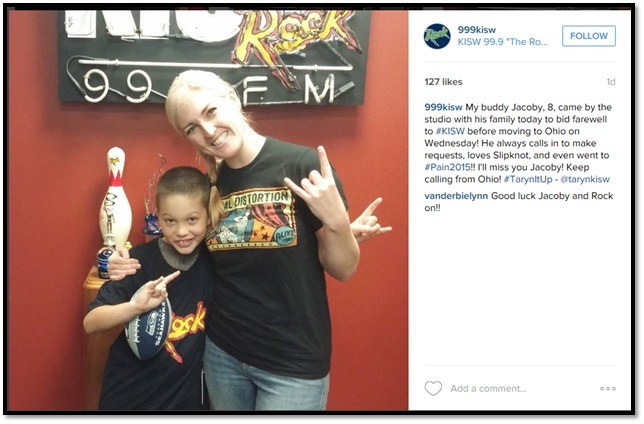I am often asked how we got into the business of designing and conducting our nationwide web-based Techsurveys. We have strung together eleven of them, and what a story they tell.
The original idea behind these surveys was to help broadcasters better understand what their audiences were doing when they’re not tuning in their favorite AM and FM radio stations. These massive research studies – TS11 is comprised of more than 46,000 respondents – use radio station email bases to create robust, vibrant samples.
In the past decade, these surveys have taken on a life of their own, predicting emerging social media channels, the mobile revolution, and the explosive growth of apps. Our Techsurveys have benefitted hundreds of stations around North America, and now extend into public radio and Christian radio.
But they’ve also allowed our teams at Jacobs Media and jācapps to see around our own proverbial corners, providing us with a clearer look at the road ahead. From the “connected car” to the disappearance of clock radios on nightstands, our Techsurveys continue to help us pinpoint “the next big things.”
And in the social space, it is hard to ignore what’s been happening with Instagram during the past couple years. In TS11 (and our seventh Public Radio Techsurvey), we created a different “pyramid,” based on specific brands. From Netflix to SiriusXM to YouTube, consumers are gravitating toward platforms and channels that are of paramount performance to media content creators and those who are tasked with monetizing their efforts. We’re also seeing the channels that are losing steam in this competitive environment.
Here’s a look at the Brand Platform Pyramid from our 2015 survey. Take a close look at what’s going on with Twitter and Instagram.
Twitter is clearly sputtering, while Instagram is on the rise. Twitter’s change at the top with the return of Jack Dorsey could be a game-changer for the company made famous by 140 characters or less. But as hundreds of laid-off employees and a falling stock price may tell you, there are mostly down arrows for Twitter in 2015. On the other hand, Instagram is becoming more influential, as it captures the visual imaginations of more and more consumers.
In TS11, fans of Alternative, Country, CHR, and Hot AC all profile higher on Instagram than Twitter. And among Millennials – the leading edge of all things tech – it’s not even close. While almost half use Instagram at least weekly, only about a third visit Twitter with this same regularity.
Earlier in the year when this study was presented, we talked about the growing importance of Instagram, and that’s now being confirmed by a varied group of sources.
In a recent Adweek article by Christopher Heine, they talk about an eMarketer study that says that nearly one-third of U.S. companies with 100 or more employees will use Instagram for marketing in 2015. By 2017, they predict seven of every ten similarly size companies will be posting on Instagram – possibly surpassing Twitter.
That should send a message to radio operators about the importance of this platform, as well as the increasingly reliance on photos and videos to tell stories. Radio has improved its game in the last few years, but needs to commit to even greater use of visuals to complement its content, its brands, and its personalities. Now that virtually everyone is walking around with a camera, how can radio tap into an already fast-moving social trend?
A picture is worth 1,000 shares.
Sign-up information for Techsurvey12 is just around the corner. If you’re working for a commercial radio station in North America and you have a healthy email database, you can participate. Contact Lisa Riker here.
- Media And Technology In 2025: Believe It Or Not! - April 18, 2025
- In Radio, You Just Never Know - April 17, 2025
- The Secret To Making A Great Podcast (And Great Radio) - April 16, 2025







Leave a Reply